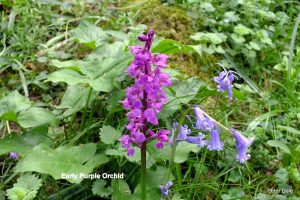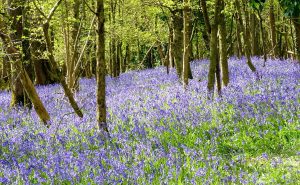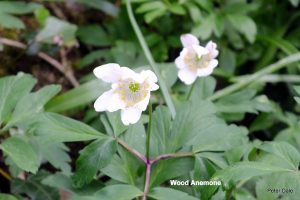 A group of enthusiastic members from Ferring Conservation Group enjoyed a recent walk through Patching woods, principally to see the bluebells, which were wonderful. The wood anemones were slightly past their best, but still good, and there was a very good show of early purple orchids. Patches of wild garlic and yellow archangel, plus native primroses, lesser celandine and greater stitchwort were in flower, and also garlic mustard, perhaps better
A group of enthusiastic members from Ferring Conservation Group enjoyed a recent walk through Patching woods, principally to see the bluebells, which were wonderful. The wood anemones were slightly past their best, but still good, and there was a very good show of early purple orchids. Patches of wild garlic and yellow archangel, plus native primroses, lesser celandine and greater stitchwort were in flower, and also garlic mustard, perhaps better known as ‘jack by the hedge’.
known as ‘jack by the hedge’.
The butterflies were apparently grounded by the lack of sun, but plenty of birds were seen and heard, including a raven, red kite, buzzard, sparrow hawk, kestrel, greater spotted woodpecker, tree creeper, blackcap, chiffchaff, skylarks and a swallow.
Report by Graham Tuppen, and photos by Peter Dale
